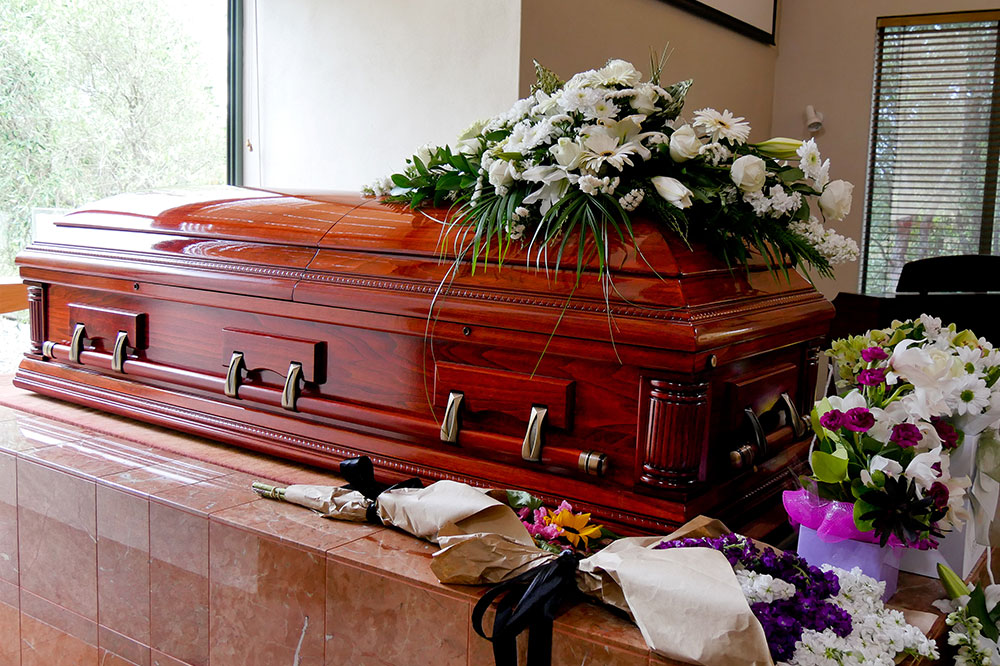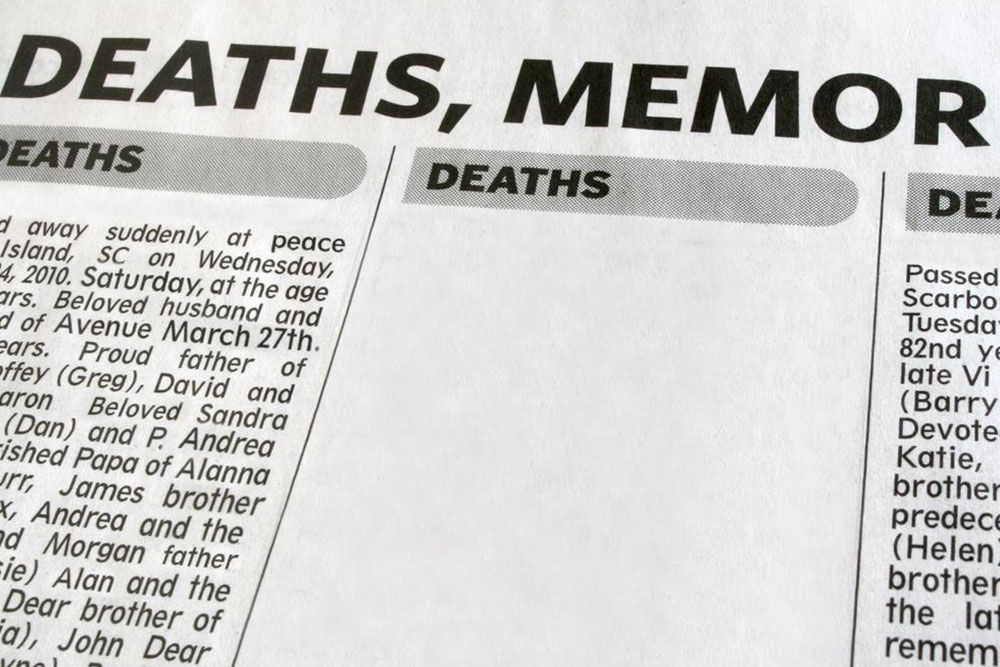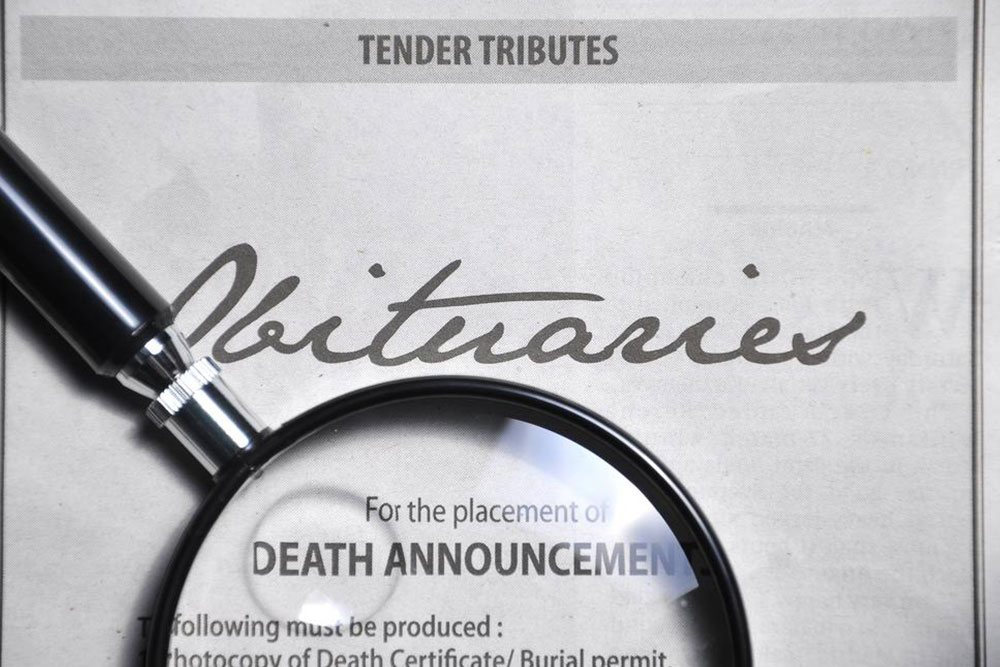Guide to Cremation Options and Associated Expenses
This comprehensive guide explains different types of cremation services, their costs, and benefits over traditional burial. It highlights savings, flexibility in handling remains, and current trends increasing cremation popularity. Essential costs include funeral home fees, transportation, containers, and urns. Comparing cremation to burial reveals significant financial advantages, making it a practical choice during emotional times. Understanding these options can help families plan affordable and respectful farewells efficiently.

Guide to Cremation Options and Associated Expenses
Experiencing a loss in the family can be overwhelming, and organizing a cremation adds to the emotional strain. Being aware of the different types of cremation and their costs can help prevent overspending during this difficult time. Generally, cremation is more budget-friendly than traditional burial options.
There are three main types of cremation services: traditional with visitation, memorial service cremation, and direct cremation without any service. The total cost varies based on the chosen method.
Traditional cremation involves hosting a visitation, often at a church or funeral home chapel. Renting a casket instead of purchasing one can significantly reduce expenses. A memorial service typically occurs after the cremation, with the urn available but no body present. Direct cremation, which is the most economical, involves no ceremony, with ashes returned directly to the family after cremation.
Key cremation costs include basic service fees for the funeral home staff, transportation of the body (around $285), a cremation container (from $100), and renting a casket (approximately $1000). The cremation fee begins at about $300, and the ashes are typically stored in an urn costing around $250. Additional expenses may involve municipal registration and obtaining a death certificate.
Advantages of choosing cremation over traditional burial include cost savings, as burial involves headstones ($1500), caskets ($2395), and grave plots ($1000). Unlike burial, cremation allows flexibility in dispersing remains and sharing ashes among family members. It also preserves land and has seen increasing popularity since the 1980s, with current cremation rates significantly higher.









